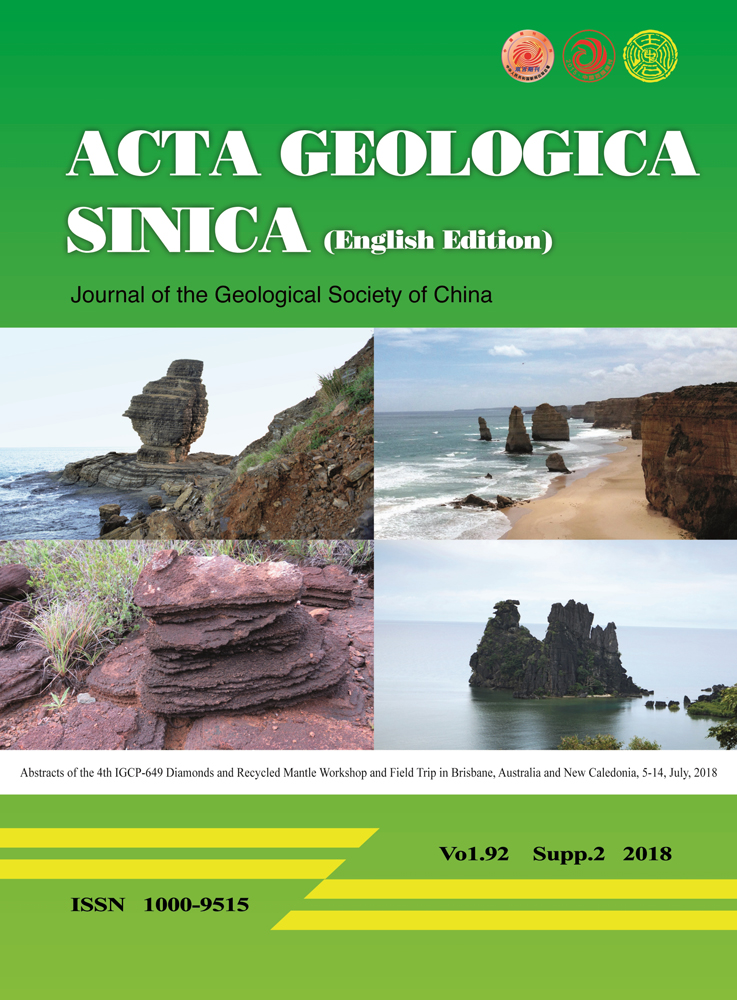Detachment-Accretion Formed the Xigaze Ophiolite along the Southern Margin of the Eurasian Plate in Southern Tibet
Abstract
Mantle peridotites predominate over the 130–120 Ma mafic rocks, which have a limited temporal interval. This characteristic distinguishes the ophiolite outcrops along the Yarlung Zangbo Sutrue Zone (YZSZ) in southern Tibet from more typical ophiolites, such as the Oman ophiolite. Here we present new structural field observations and identify the low-angle detachment faults of the Xigaze ophiolite. We demonstrate that the extension associated with the detachment system was accommodated by accretion of mafic magma rather than by thinning and dismemberment. U-Pb zircon ages from three groups of mafic intrusives closely related to the detachment faults show that the detachment system was initiated at ∼126 Ma and ceased at ∼123 Ma. A detailed study of the entire Xigaze ophiolite assemblage reveals that the ophiolite formed in situ at the southern margin of the Eurasian Plate, instead of being formed from fragments of tectonic slices.




